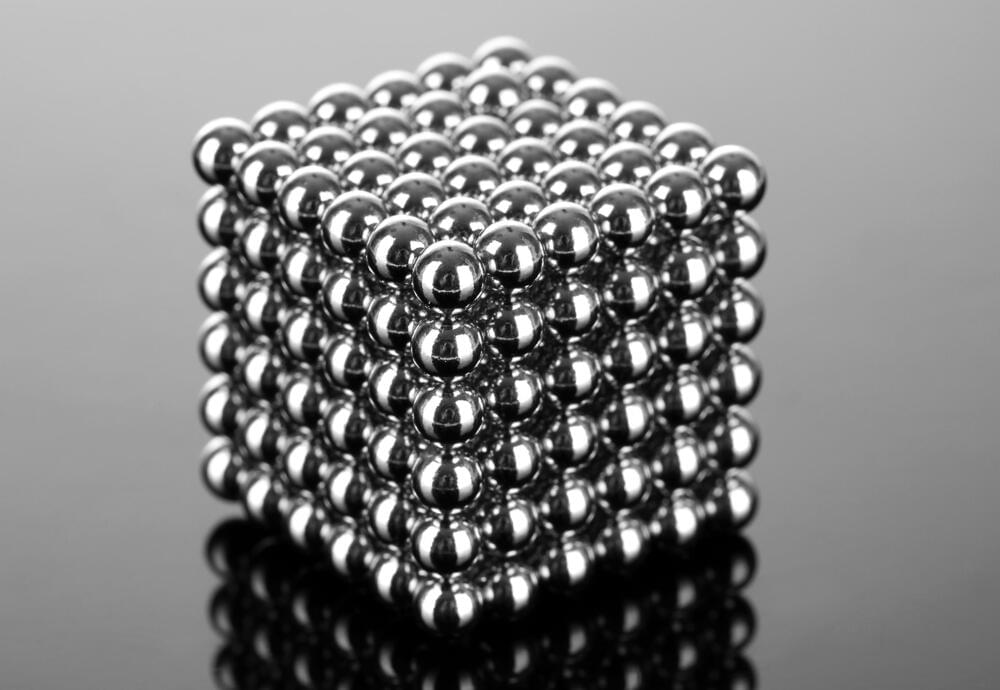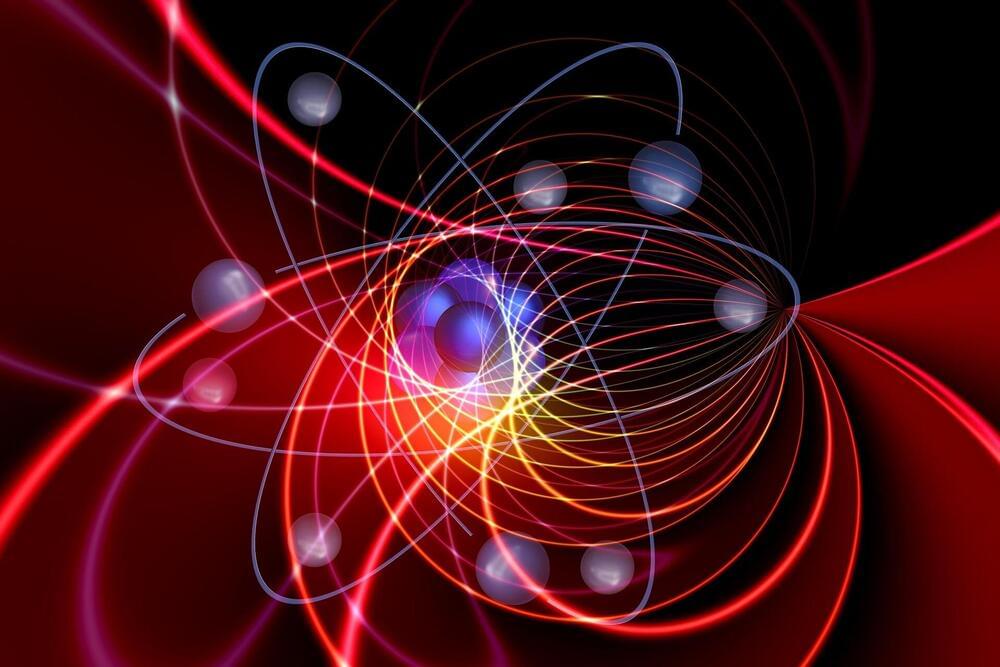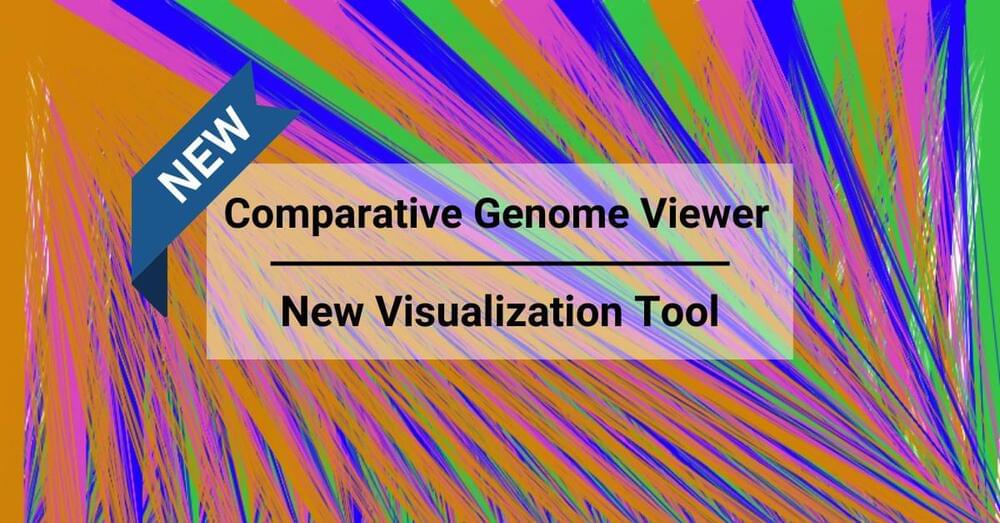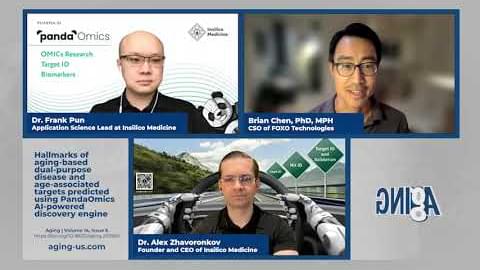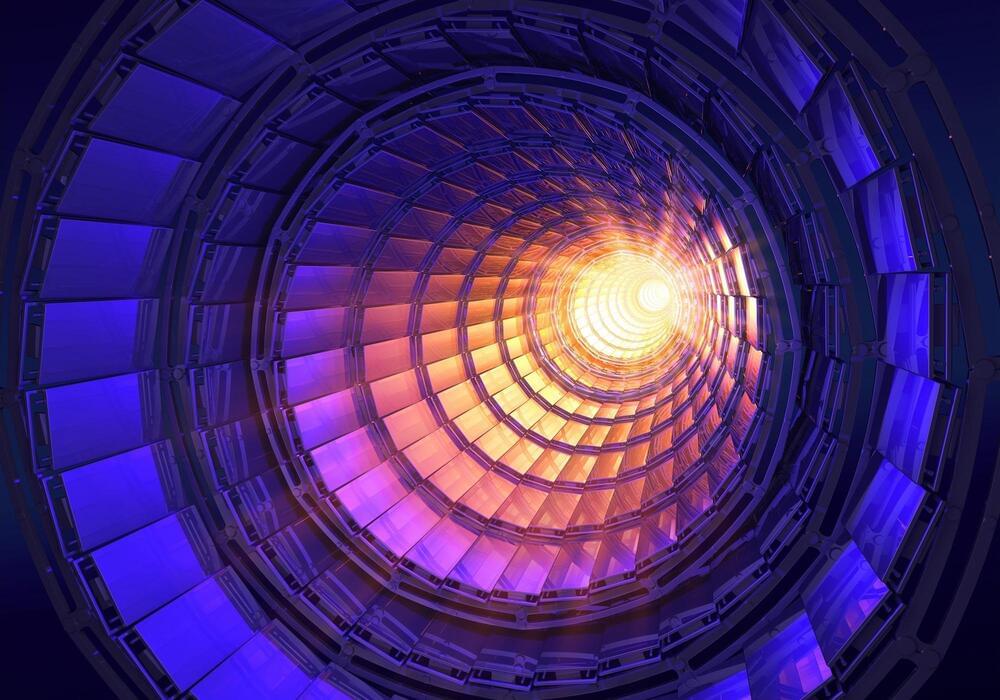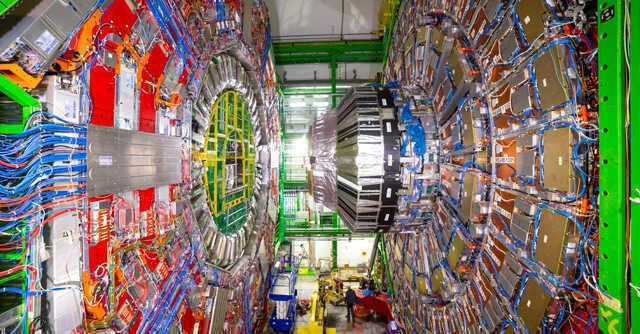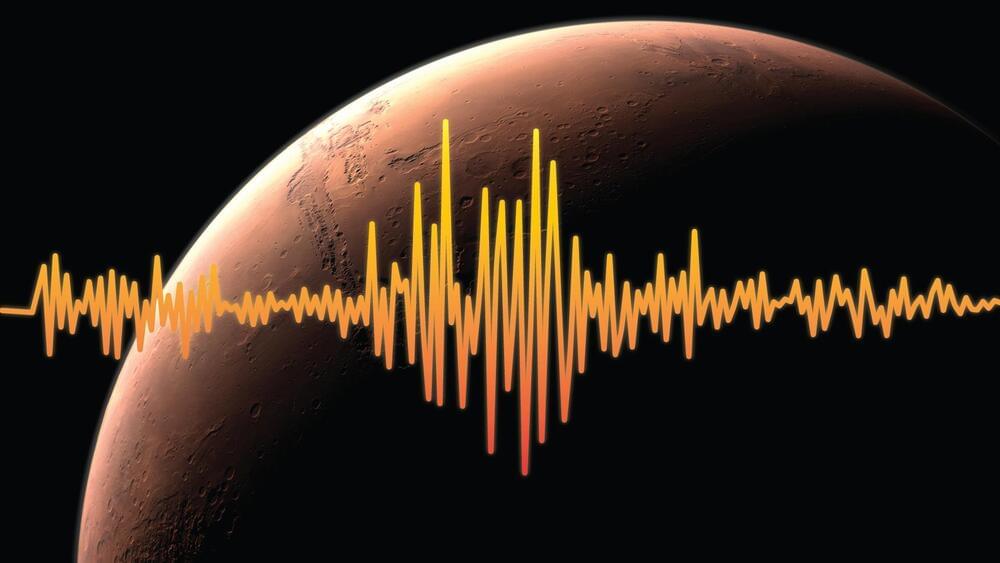Jul 6, 2022
Scientists baffled by magnetic material that freezes when heated up
Posted by Josh Seeherman in categories: materials, particle physics
Physicists have discovered that certain magnetic material freezes when the temperature rises to a certain point. We’ve typically only seen this behavior when we cool down magnetic materials, not when we heat them up. As such, it has left physicists scratching their heads and baffled by the development.
Physicists Alexander Khajetoorians of Radboud University in the Netherlands says that the freezing of the magnetic materials is the opposite of what we normally see. The result is “counterintuitive, like water that becomes an ice cube when it’s heated up,” according to Khajetoorians.
Normally, ferromagnetic materials like iron feature aligned spins. This means that the magnetic spins of the atoms are all spinning in the same direction. Essentially, the south and north magnetic poles are all aligned in the same direction. Some alloys made of both iron and copper, though, feature randomized spins. Physicists refer to this state as spin glass.
